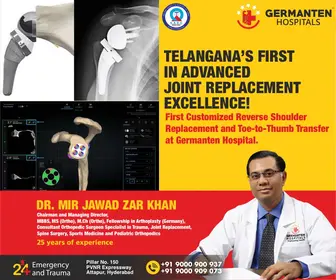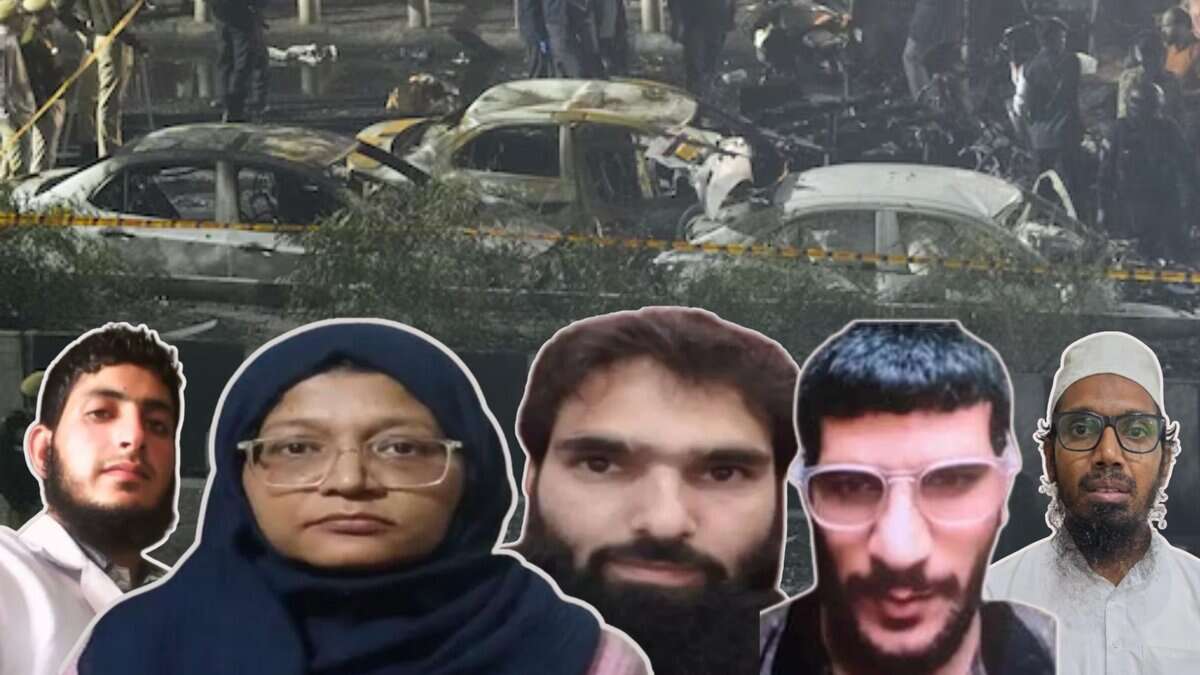
As the nation remains on high alert after the deadly blast near the Red Fort metro station in Chandni Chowk, a major counterterrorism operation was uncovered, a trans-state ‘white collar’ terror module spanning Jammu and Kashmir, Haryana, and Uttar Pradesh.
Investigation into the terror module led to the arrest of several suspects, with one deceased member.
Suspicion began when some posters from the Jaish-e-Mohammed (JeM) were spotted on October 19 in Srinagar’s Bunpora Nowgam area, sparking security concerns.
Authorities then traced it to a ‘white collar terror ecosystem’, which consisted of professionals and students posing as academics through official networks, while coordinating through charitable disguises and encrypted channels to transport illegal machinery and funds.
The five main accused doctors are identified as Dr. Muzammil Ganaie, Dr. Adeel Ahmad Rather, Dr. Shaheen Sayeed, Dr. Umar Mohammad, and Dr. Ahmed Mohiyuddi Saiyed.
Dr Muzammil Ganaie

Thirty-five years old, Dr Ganaie originates from Koil in Kashmir’s Pulwama and was employed at Al-Falah University in Faridabad, Haryana. He taught medical students and worked as a doctor at the university hospital.
He was arrested on October 30, after the Kashmir Police linked him to the posters. His questioning led the police to a location where Dr Ganaie had reportedly stayed. Police recovered 358 kg of suspected ammonium nitrate, bomb-making paraphernalia, a pistol, a Krinkov assault rifle with three magazines, and 83 cartridges.
With Faridabad police expanding their search operations, an additional 2,563 kg of explosives and flammable material were found, which pointed police to a terror attack on a larger scale.
Dr Adeel Ahmad Rather
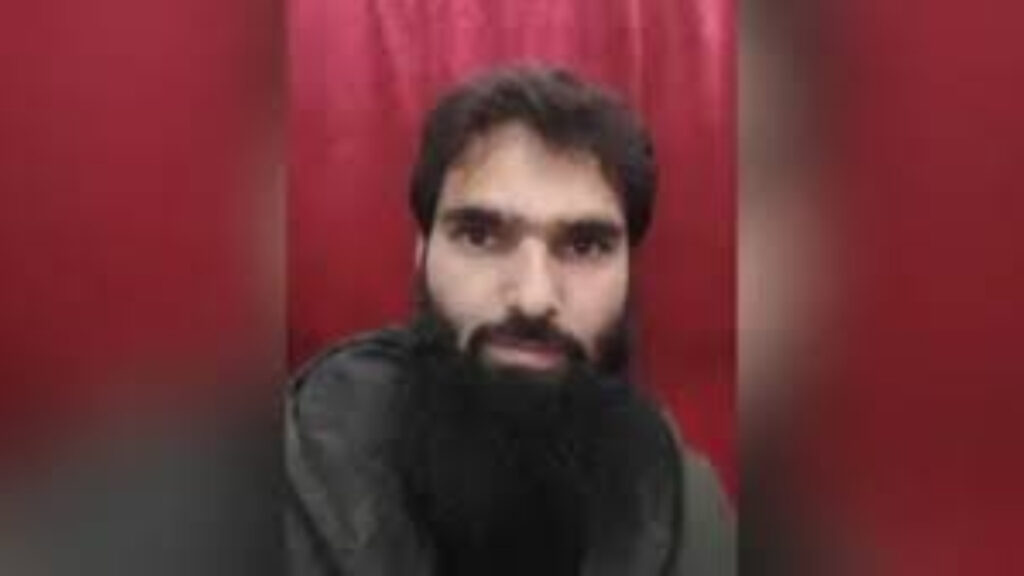
The link between the doctors suspected of terrorist acts remains Al Falah University Hospital, and that is where Dr Rather also worked. He hails from Kashmir’s Kulgam. He was apprehended in Saharanpur, Uttar Pradesh, which led authorities to recover an AK-47 rifle from his locker in GMC Srinagar. He was heavily involved in the terror module, which collected bomb-making equipment, explosives, and arms in Faridabad.
Dr Shaheen Sayeed
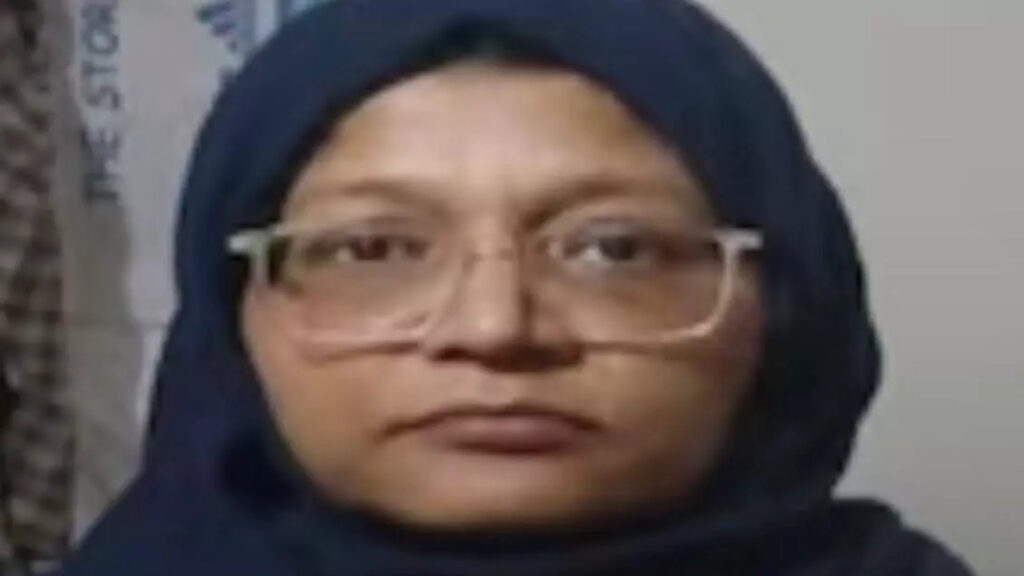
Dr Shaheen Sayeed was a doctor like the others arrested, but, according to Delhi police, she had been covertly organising the women’s branch of the Pakistan-based terror group JeM, Jamaat ul-Mominaat, across India.
A resident of Lucknow, UP, she was in contact with Dr Ganaie and was arrested because of her links to the Faridabad explosive cache in Haryana.
Some of the ammunition discovered after Dr Ganie’s arrest was found in Dr Shahid’s Maruti Suzuki Swift car with the Haryana number plate.
Her colleagues at the University hospital claim that they never suspected her; however, she did appear strange in other instances.
Dr Ahmed Mohiyuddin Saiyed
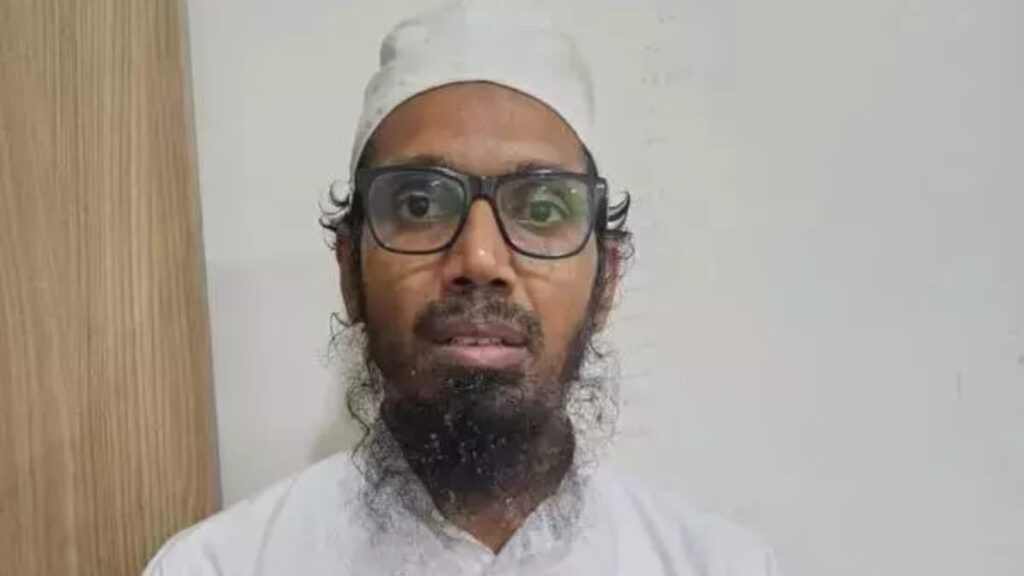
Unlike the others linked to the Delhi blast case, Dr Saiyed was based in Hyderabad and held an MBBS degree from China. He was arrested on November 8 by the Gujarat Anti-Terrorist Squad (ATS). He ran a shawarma chain in Rajendranagar and was reportedly ‘radicalised’ through Telegram and social media, which used subversive literature to incite.
He was in contact with a handler named Abu Khadija, associated with Islamic State-Khorasan Province (IKSP). He had scouted security-sensitive areas in Lucknow, Ahmedabad, and Delhi, while it is reported that machinery was delivered to him via drones in Pakistan.
Dr Umar Mohammad
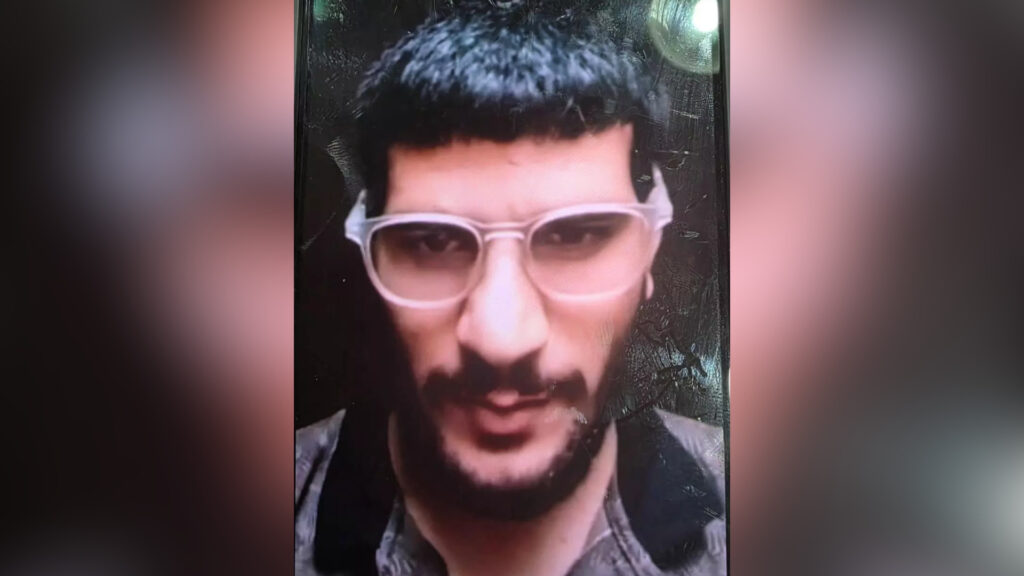
In close association with Dr Ganaie, Dr Mohammad, also from Pulwama in Kashmir, was part of the Al Falah University Hospital team alongside Dr Adeel.
According to sources, he maintained direct ties with the Faridabad terror module, leading authorities to launch an investigation into his possible role in the storage and distribution of explosives and arms. CCTV footage also shows him in the vehicle, which was the source of the blast near the Red Fort metro station that killed 13.
Other accomplices in the terror module include Azad Suleman Sheikh and Mohammad Suhail Khan, who were also arrested for their connection to the module.
Officials reported that several Pakistan-based phone numbers were discovered on mobile phones connected to the arrested doctors. It is also believed that, along with ties to JeM, the Faridabad terror module was linked to Ansar Ghazwat-ul-Hind (AGuH), a banned organisation in India.
Preliminary reports indicate that the University Hospital’s facilities could have been used not only to store, but also to make explosives.
Currently, the Red Fort is closed to visitors while a heavy police presence remains around Al Falah University Hospital.



